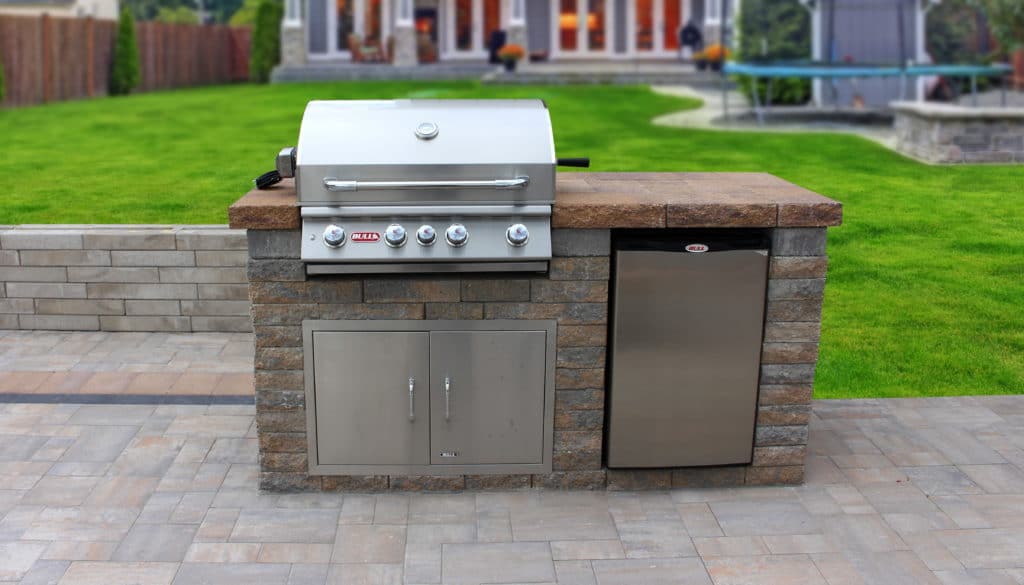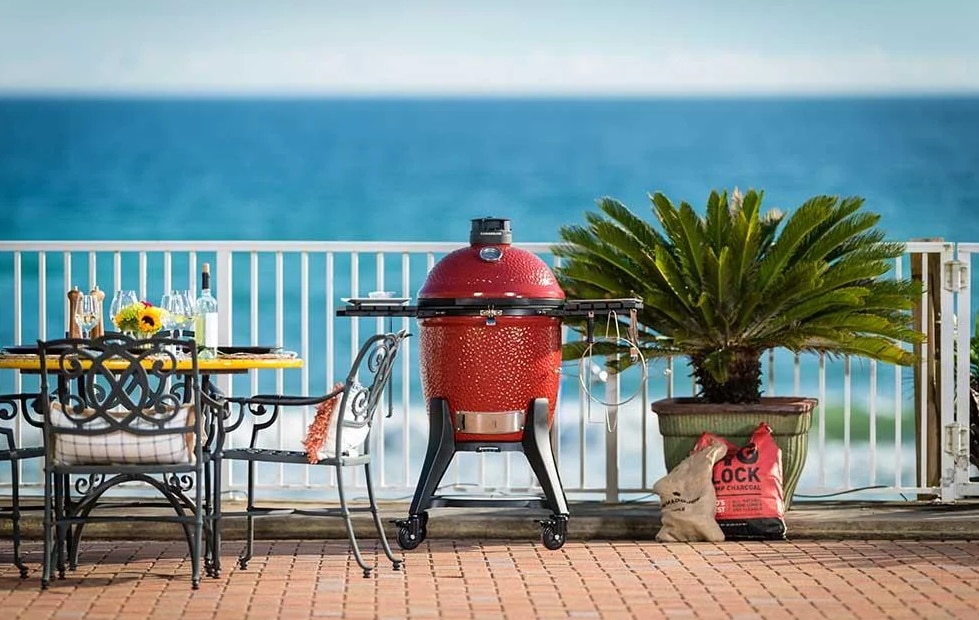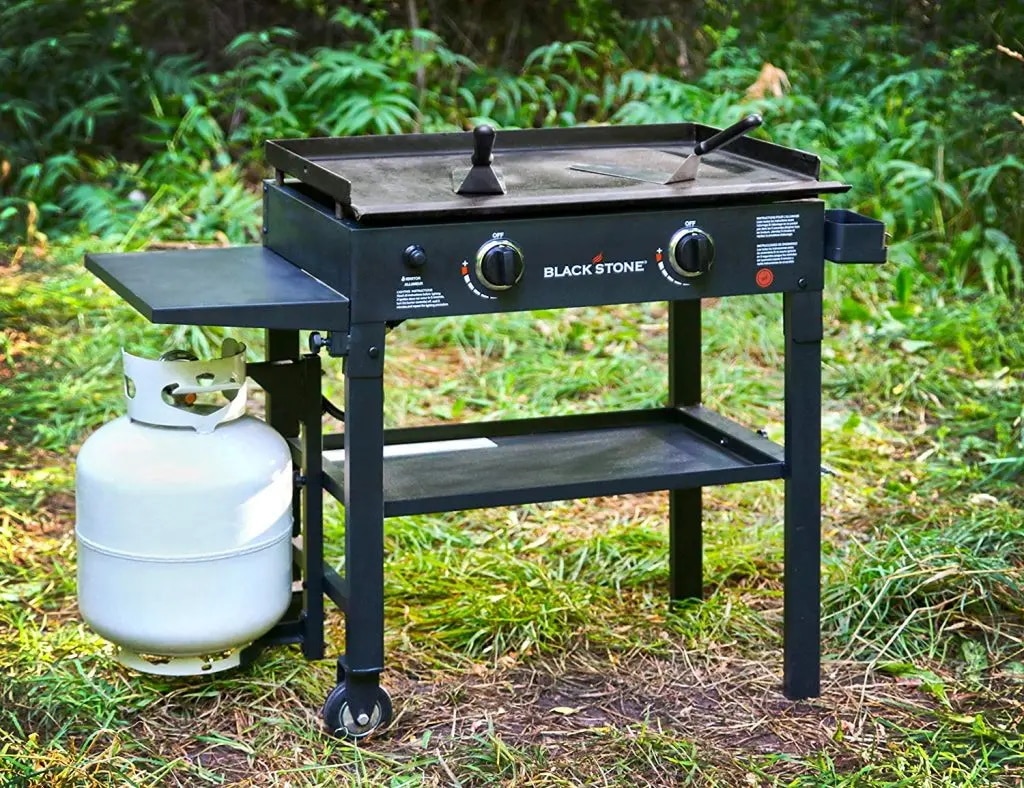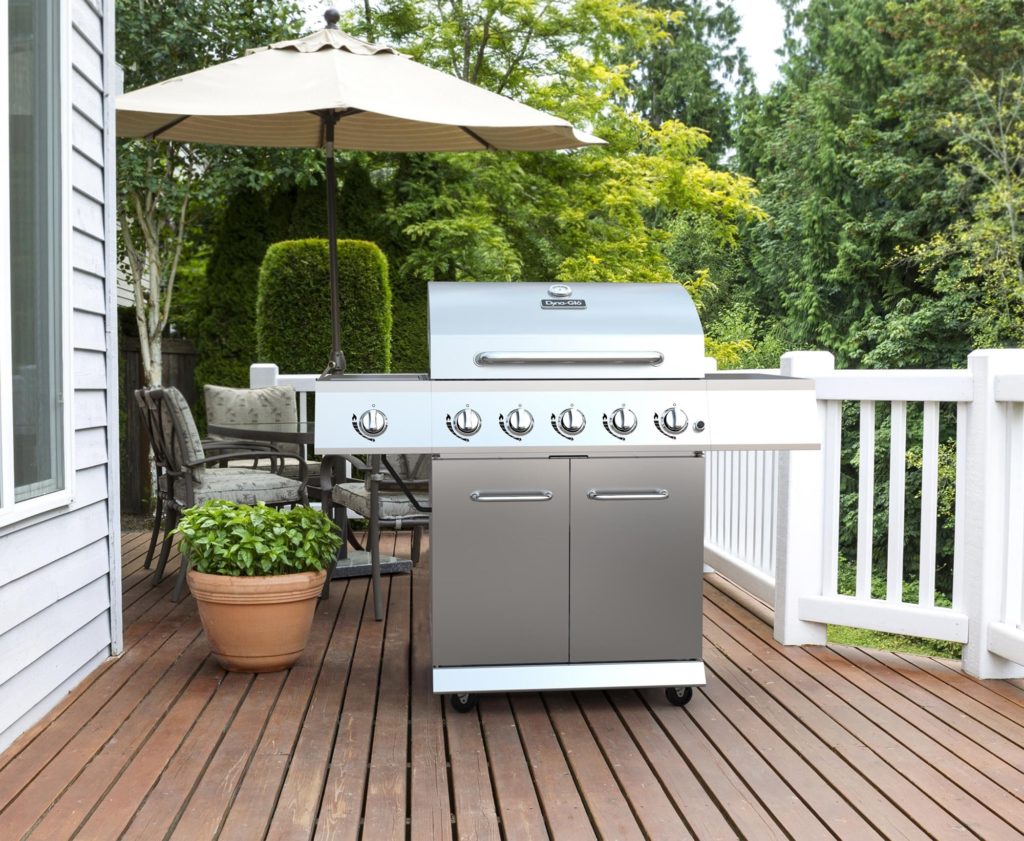
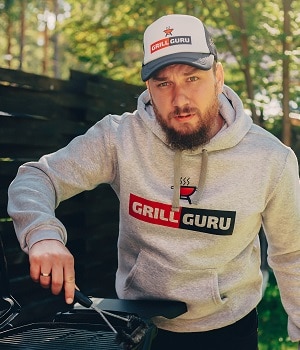
A gas grill, like every mechanical piece of equipment, can suddenly start acting up. It doesn’t have to be old to develop faults, your new gas grill can also have issues. It’s quite easy to know when your gas grill is not in a good shape. When your grill’s flame is not evenly distributed, or you’re getting low flame and temperature, you certainly have a faulty gas grill on your hands.
If you discover your gas grill is not working as it should, it’s not the time to run to the market to shop for a replacement. Gas grill troubleshooting should be the next line of action. There are a few tricks you can use to troubleshoot the grill to get it working again properly. These tricks are not very complex, and you don’t need to call a professional to help you out.
In this article, we will discuss everything you need to know about dealing with gas grill problems and getting them solved.
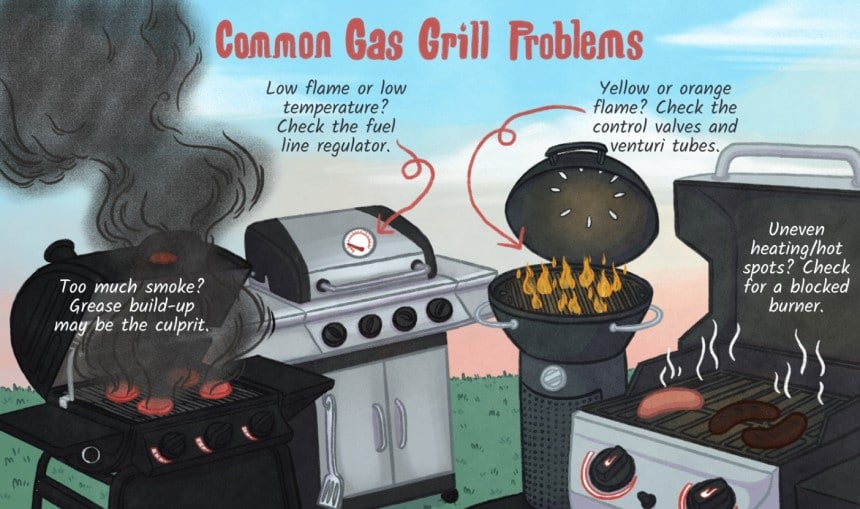
It is usually caused by the fuel line regulator. The flow of gas is limited when the regulator gets sticky. Reversing this issue requires releasing the regulator’s pressure.
It’s often caused by a problem with the grill’s orifice. You can have too much heat if the orifice is not the right one for your gas type. To solve this challenge: use the right orifice for your gas type, ensure the orifice is intact, ensure your burner has no holes, and also ensure there are proper gas pressure and supply.
If your gas grill elicits yellow flame, the problem might lie with the venturi tubes and control valve(s). They tend to obstruct the flow of gas to the right channel. When the venturi tubes are not properly aligned, the flow will be poor until the venturi shutters are adjusted. To adjust them, you need to do the following:
This is another common problem with gas grills. It is mostly caused by a blocked burner. A burner has various holes that gas passes through to light up. When some of these holes are blocked, the heat is stopped from circulating, thus depriving the blocked areas.
If you realize your burner is too clogged to work properly, remove it from the burner for cleaning. Use a stiff wire brush to clean the blocked areas thoroughly. Ensure that you remove all debris blocking the holes. You should avoid using harsh detergents or over cleaner on your burner to prevent metal corrosion.
If the issue persists, you will need to acquire a high-quality regulator like the Camco Low-Pressure Gas Regulator. It is designed to help boost low-pressure gas appliances.
A gas grill can fail to light due to some factors. If your grill has an independent ignition, and the burner refuses to light up, you probably have a faulty button or bad wiring that must be rectified to get your gas grill working again. If you have a battery-powered igniter and it won’t light, try to replace the batteries and see if it works. The igniter can also fail to work if it is clogged. If it’s clogged, try to clean it carefully, and test again.
If you smell gas from your grill, this is not normal. You should turn off the gas supply immediately because you are dealing with a gas leak. Locate the leak’s source by spraying soapy water around the regulator. The source of the leak is anywhere you find bubbles. You mustn’t try to use the grill if you smell gas until the issue is addressed.
If your burner is making popping noises when using it, the problem might be a result of some things inside it. To solve this problem, you should check for debris, insects, such as spiders, amongst others, inside the burner.
There are different brands of gas grills on the market. The Weber and Char-Broil gas grills are some of the popular brands available. Like other gas grills, they also require troubleshooting when there’s a problem with them. Each brand has some unique troubleshooting tricks. For example, you can do the weber gas grill troubleshooting on your own and still call contact customer service to help out if you hit a snag.
Troubleshooting Weber gas grills are a bit straightforward. Weber makes reliable gas grills such as the Weber Genesis Gas Grill designed to deliver high performance. Weber Genesis gas grill features a safety device inside the propane hose designed to identify gas leaks. According to experts Trusted Source WHY WON'T YOUR GAS GRILL GET HOT? - Weber If the grill isn’t lit in a very specific way, the safety device will “think” you have a gas leak and reduce the gas flow from the tank to about 10% or less of its normal volume. When this happens, we say the grill is in “bypass”. With so little gas getting to the grill, it will be impossible to get the grill up to its normal temperature range, or in some cases the grill won’t even light at all. www.weber.com , if the grill is not properly lit, the device will “think” there’s a leak and considerably reduce the flow of the gas from the tank. The grill is said to be in “bypass” if this happens. With very little gas getting through to the grill, the grill won’t attain its normal temperature range, or won’t even light.
If your grill starts signaling that it is in “bypass”, you should first perform a gas leak test to find out if that’s the problem. If no gas leak is found, follow the steps below to get out of “bypass”:
But if you find a gas leak, contact Weber at [email protected] or 1-800-446-1071, so they can help out. The company is open 7 days a week. We advise that you register your grill before contacting Weber or at least have the machine’s serial number available.
Your Char-Broil gas drill wouldn’t light? Troubleshooting the charbroil gas grill is the next course of action.
You can’t rule out troubles when it comes to gas grills. How you handle them to ensure quick solutions is the most important thing. Gas grill troubleshooting helps to find the source of problems and provide the needed help to get rid of them. With the right troubleshooting tricks, you can get your gas grill working properly in a matter of minutes. This article has discussed the most important troubleshooting tricks that will help you in dealing with the common gas grill problems.
